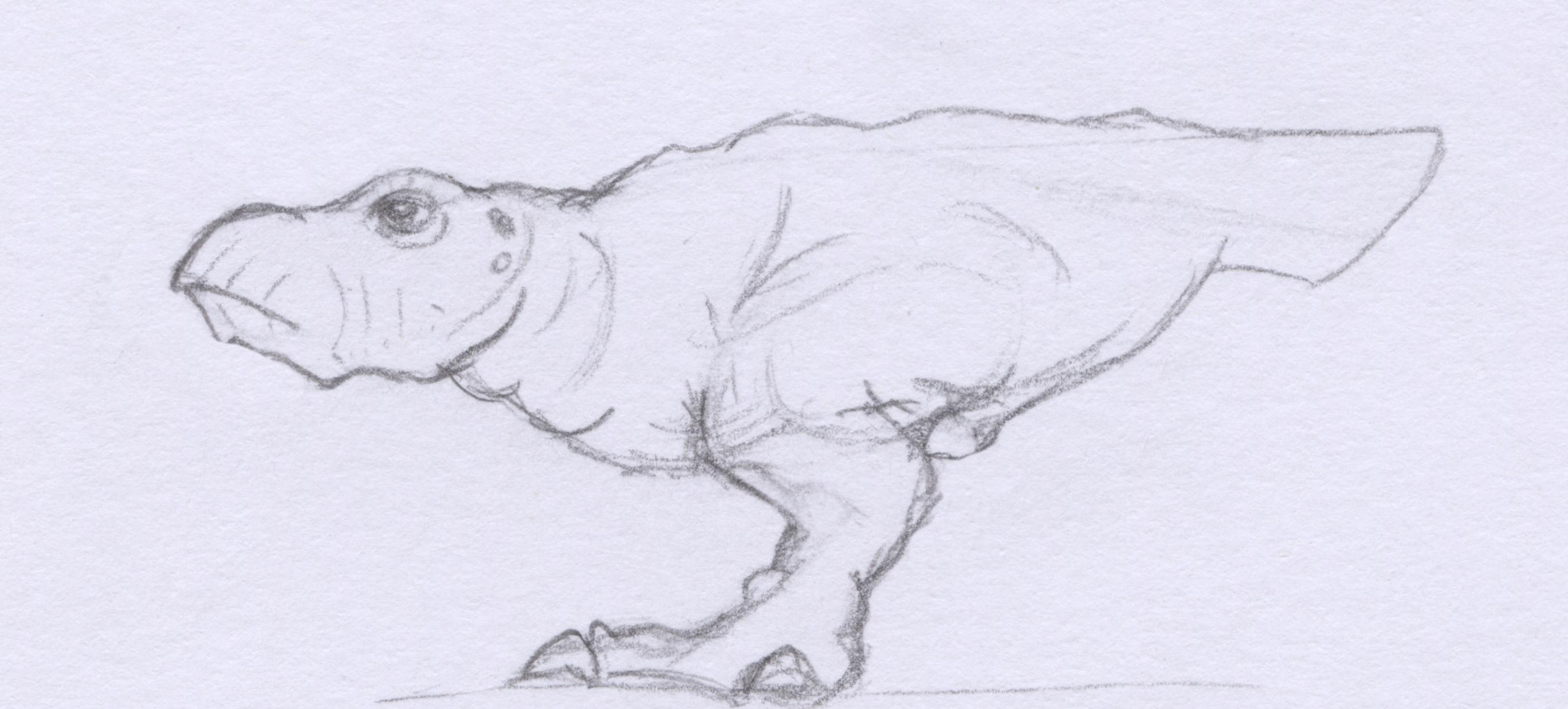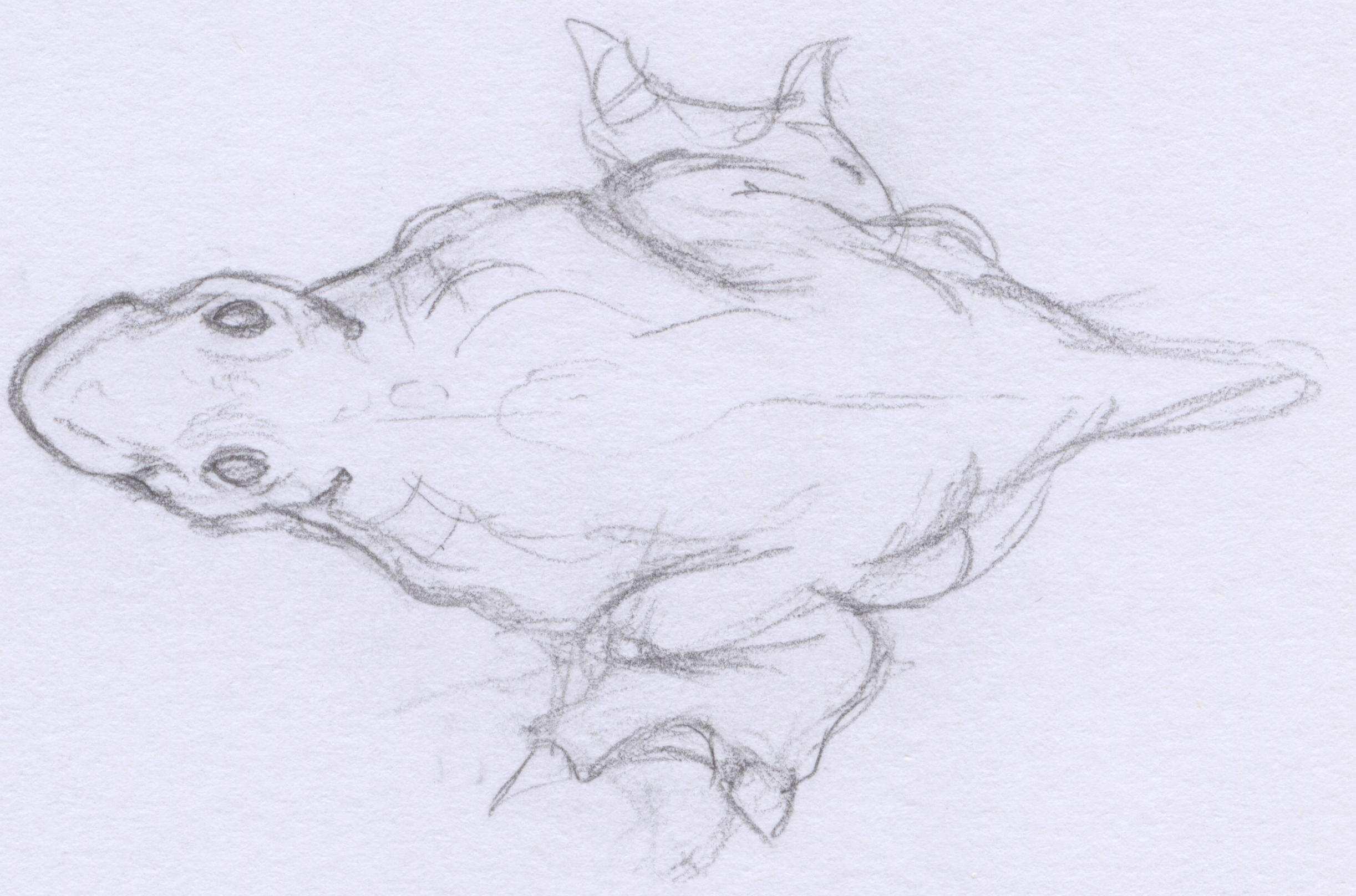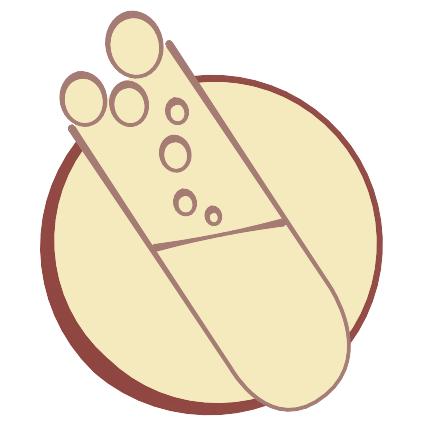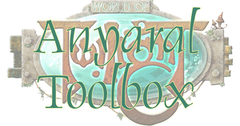Shirru
Shirrus are aquatic, swamp-dwelling omnivores with fairly smooth, reptilian skin that ranges in colour from browny-green to muddy black. When fully grown they stand 4 feet tall and 8 to 10 feet long. Their head is broad, flat and almost hammerhead-shaped, the nostrils are slits on the side and eyes protrude on top. They are toothless, instead using parallel rows of tough cartilage to grind up pretty much anything they find. The head is attached to a short, thick and heavily muscled neck that widens out into a broad body on two very powerful legs. Their feet are broad, with four long webbed claws which helps supporting them over marshy ground and propelling them through the water. The body narrows down into a vertically flattened, broad stumpy tail that acts as a rudder and helps them move through the water. Overall, they look like broad and flattened grishaks, which helps them when underwater. When hunting, they hide just below the surface and wait for prey to wander along. In lean times they will subsist on plants. Although at ease on dry land, they tend to remain close to the water.
The shirrus lay their eggs in a convenient warm pool, then abandons them to their fate. The jenta spend their live under water, emerging from it once they reach the sempa stage. The sempa and kopa stages are identical externally, the main differences being the kopaʼs mating calls and pheromones. The legs on the jenta are less developed; they live off pondweeds and each other - the strongest emerging as sempa with very few sisters left. Both sempa and kopa are lone hunters and defend their territory fiercely. The ratio of kopa to sempa is higher than for a lot of creatures, approaching one for two in some areas. The shirru are highly aggressive, even towards each other, except during the mating season.
The shirru use their head as a club, battering their prey before clamping down with their jaws and clawing with their feet.

A Shirru

Author(s): Rick

